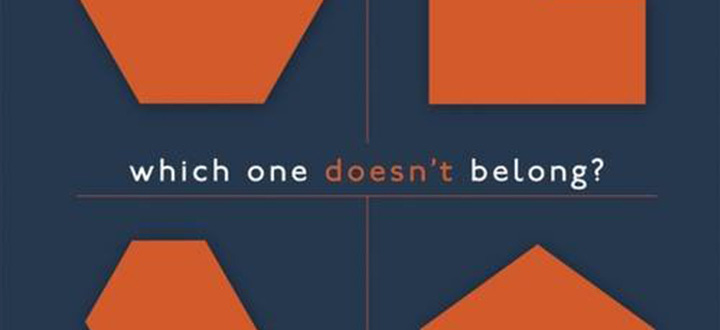Which One Doesn’t Belong? A Shapes Book and Teacher’s Guide, by Christopher Danielson
By Daniel Wahl
Which One Doesn’t Belong? A Shapes Book and Teacher’s Guide, by Christopher Danielson. Portland, ME: Stenhouse Publishers, 2016. 111 pp. $33.33
Earlier this year, at an annual meeting for math teachers, Dan Meyer gave a fascinating talk on how to get children to love and succeed at mathematics.1 The talk was fascinating in part because it challenged some …
Keep reading with a 7-day free trial
Subscribe to The Objective Standard to keep reading this post and get 7 days of free access to the full post archives.




